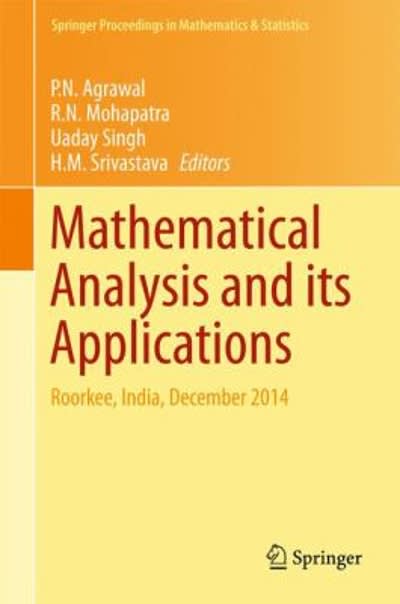
A diaper manufacturer, DiaperCo, is experiencing high variability in the volume of incoming orders from a distributorfor a particular SKU. This causes problems for DiaperCo -- aggregate planning becomes difficult, and there is a large rislc of overage as well as underage in every planning period. The manufacturer suspects the high variability is due to the bullwhip effect. The distributor receives incoming orders from a retailer. Initial discussions with the distributor indicate that it is also experiencing high variability in incoming orders, although not as high as the manufacturer. Owing to this, DiaperCo wants to explore how different ordering behaviors from the retailer and the distributor affect variability in the orders it receives. Since stabilizing the order pattern would lead to lower costs, the retailer has agreed to share its Ellperiod demand forecast with DiaperCo as long as any future cost reductions also lead to lower prices. A forecast for the demand faced by the retailer is given below. Both the retailer and the distributor use a Ell-period rolling horizon when planning how much to order. Assume the following sequence of events at both the retailer and the distributor. In the beginning of a period, they review inventory and decide how much to order. 'Orders are placed and arrive immediately. and can be sold in the same period. DiaperCo learns that, as of now, both the retailer and the distributor use {Em-Policies, where all orders have the same quantity Q. The retailer and the distributor each use the ESQ formula to find the order quantity, using the forecasted demand forthe next 2E} periods. The holding cost for the El] periods is $1 per unit forthe retailer, and $D.5 per unit for the distributor. The ordering cost is $1,091?! for the retailer and $2,E}DD forthe distributor. For both the retailer and the distributor, an order is placed when the inventory on hand in the beginning of a period is below certain level, 5. This level is given by the average sales in a period plus a safety stock. For the retailer, the safety stock is 5,000 units. For the distributor the safety stock: is 1U,{il] units.Eloth the retailer and the distributor use a Elli-period rolling horizon when planning how much to order. DiaperCo wants to measure the "size" of bullwhip effect as the ratio between the variance in incoming orders {to DiaperCoi over the variance of the demand. Using EiCIllZlI ordering at both the retailer and the distributor, what is the size of the bullwhip effect at DiaperCo? Answer without commas or decimals. lf Diaperco wants to explore the effect of using a lot for lot ordering policy instead, for both retailer and the distributor. With lot for lot policy, what is the size of the bullwhip at Diaperco? Time period Demand Retailer orders








